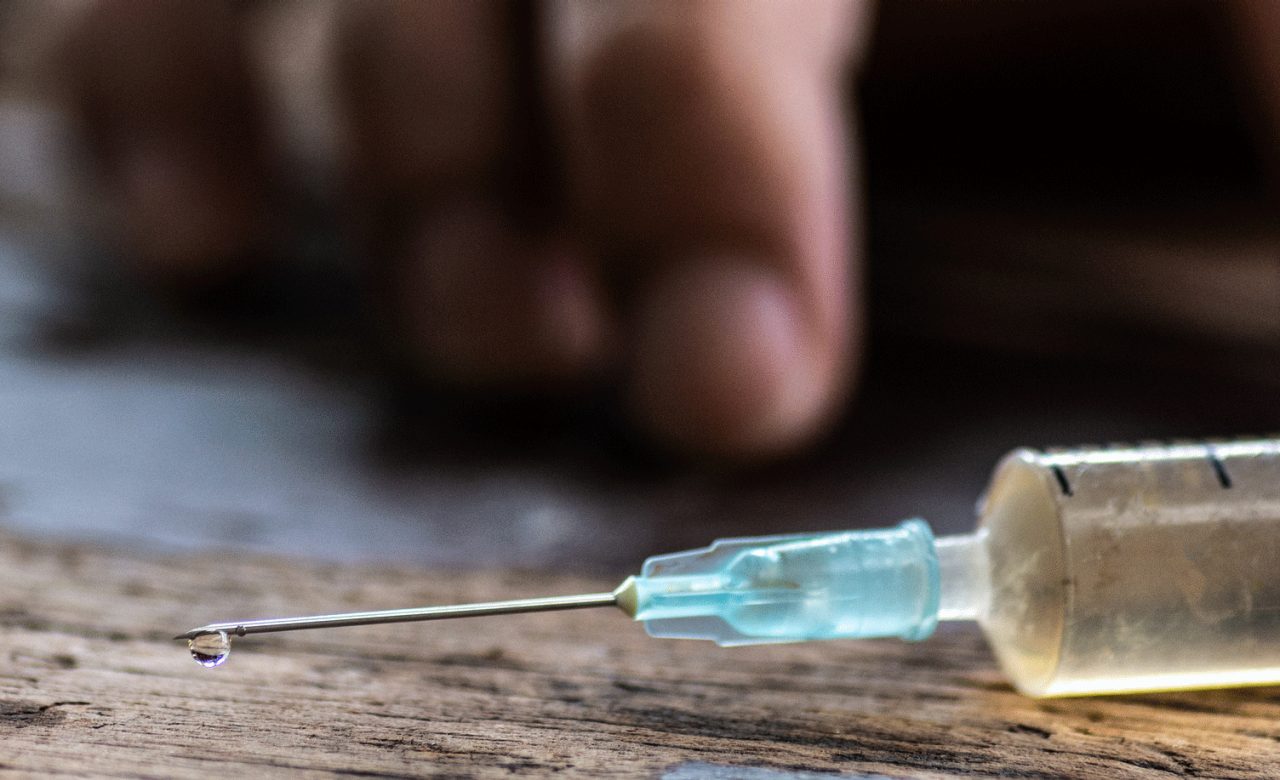U.S. Drug Overdoses Are Increasing as Fentanyl Spreads

The opioid crisis isn’t over. The use of synthetic opioids, primarily fentanyl, is causing more deaths from drug use, and the numbers are climbing.
Things were looking better: In 2018, the United States had its first drop in drug overdose deaths in 40 years.
But the number of overdose deaths increased during each of the next four years. Estimates suggest that nearly 110,000 people died from drug overdoses in 2022. Some states saw huge increases — up to 22 percent in Washington and Wyoming.
Nearly 80,000 of those deaths involved opioids, often fentanyl, the powerful opioid that has been spreading across the country.
YOU MIGHT ALSO LIKE: Marijuana's Effect on the Brain
Fentanyl use is spreading
Fentanyl is a powerful synthetic opioid prescribed to treat patients with severe pain, usually after surgery. It is 50 to 100 times more potent than morphine. That strength makes it cheap. As a result, dealers mix it with heroin, cocaine, methamphetamine, and even marijuana.
As recently as the summer of 2019, fentanyl deaths were concentrated in states east of the Mississippi River, where the heroin market has been mainly white powder. But fentanyl has gone west, causing spikes in new areas.
Overall, drug overdose deaths continue to be somewhat higher in the South — including, Tennessee, Alabama, and Florida — than in other parts of the country.
Street names for illegal fentanyl include Apache, Dance Fever, Friend, Goodfellas, Jackpot, Murder 8, and Tango & Cash.
You might see it as powder, dropped onto blotter paper, put in eye droppers and nasal sprays, or made into pills that look like other prescription opioids. When dealers mix it with other drugs, users end up with a more powerful dose.
Overdoses involving methamphetamine or cocaine have also increased — but often when the drugs are combined with fentanyl or heroin. American Indians and Alaska Natives have the highest death rates from meth.
People at risk for a drug overdose
A history of a drug problem puts you at higher risk in the future. The Centers for Disease Control and Prevention (CDC) reports that nearly 20 percent of opioid-related deaths occur among people who have previously received treatment for substance abuse. About 10 percent of them overdosed before.
About a quarter of all overdose deaths were among people who had a mental health diagnosis.
People released from prison are at high risk of drug overdoses, especially during the first two weeks. They account for about 10 percent of drug overdoses.
How to prevent drug overdose deaths
Nearly 40 percent of opioid deaths occur while a bystander is present. To save lives, the CDC recommends making the medication naloxone (Narcan) more available to treat overdoses.
When people overdose with fentanyl, heroin, or prescription opioid painkillers, their breathing can slow or stop, killing them. Naloxone can quickly restore normal breathing and save lives.
The drug helps to reverse overdoses for only 30 to 90 minutes, however. It’s important to teach the public to call 911 for immediate medical attention. An overdose can have lasting effects even after someone receives naloxone.
Although most overdoses involve street fentanyl, the CDC proposes that clinicians prescribe naloxone to some patients who are legally taking opioids. For example, anyone with an opioid prescription and sleep apnea or chronic obstructive pulmonary disease may be at risk of an overdose. So are people who have prescriptions for both opioids and benzodiazepines like Klonopin.
People with pain problems who have recently left a prison or hospital or have a history of drug abuse are good candidates for a naloxone prescription as well.
Naloxone comes in a prefilled auto-injection device called Evzio that makes it easy for families or emergency personnel to inject the drug quickly into a person’s outer thigh. The device contains automated instructions for delivering the medicine.
Narcan nasal spray is a prefilled, needle-free device that requires no assembly and is sprayed into one nostril while patients lie on their backs.
Both products come with two doses, if a second is needed. First responders and emergency room doctors use a generic liquid form.
Depending on the state in which you live, friends, family members, and others in the community may give the auto-injector and nasal spray formulation of naloxone to someone who has overdosed. Some states require a physician to prescribe naloxone; in other states, pharmacies may distribute the drug even if you don’t have a prescription.
Most health insurance plans, including Medicaid and Medicare, cover at least one form. State or local programs may supply it free or at low cost.
Updated:
August 17, 2023
Reviewed By:
Janet O’Dell, RN